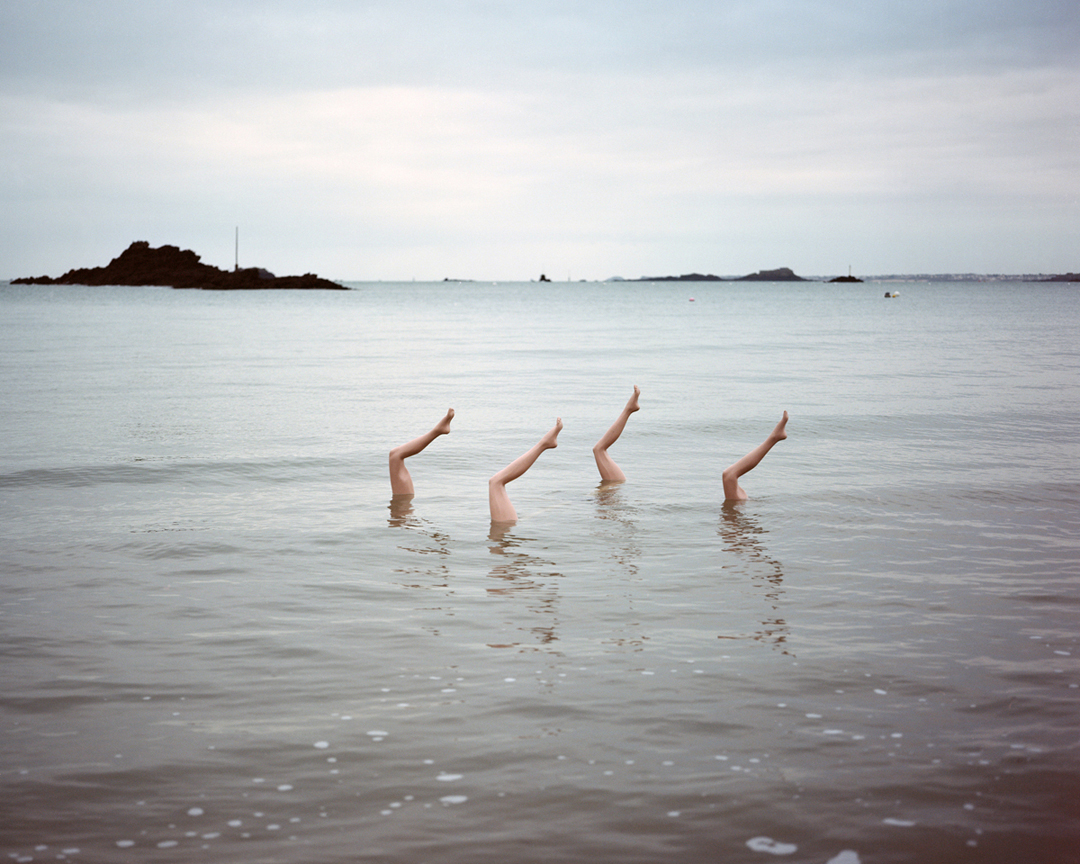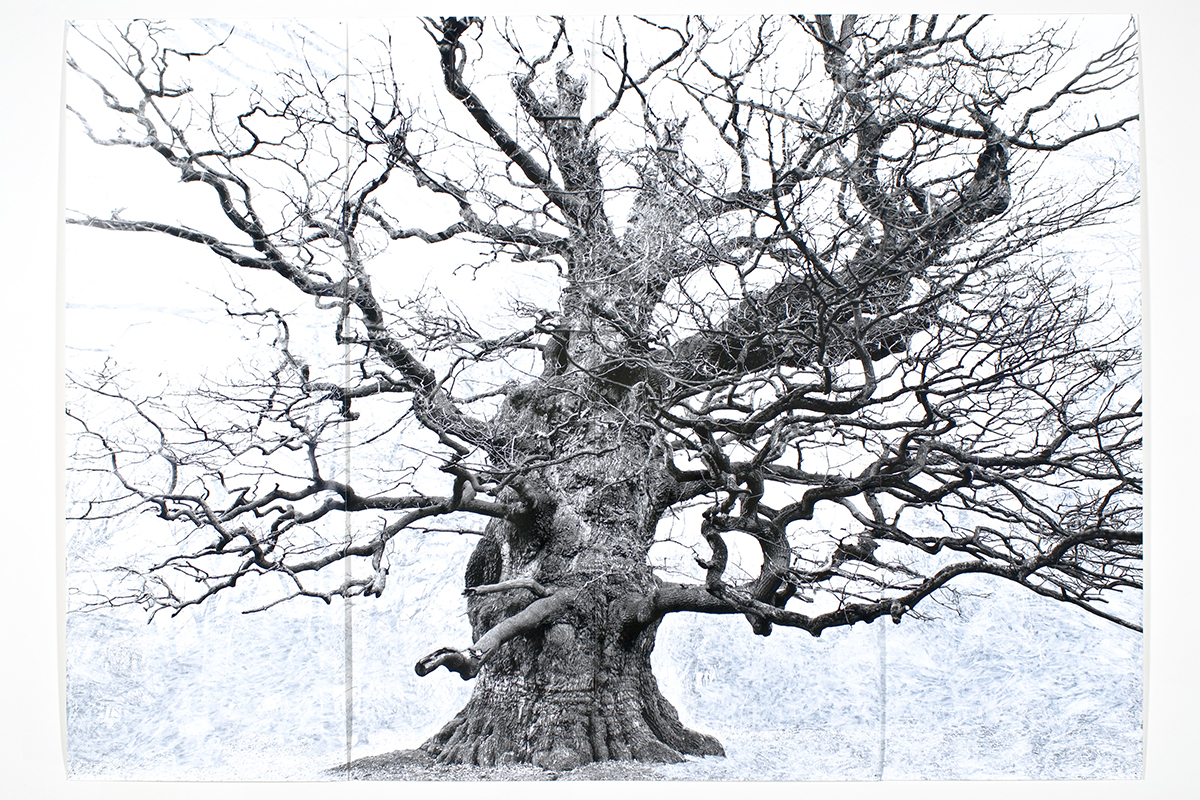As she points out in her answers, the work of Elizabeth McAlpine (1973) is sculptural. The names Tacita Dean and Anthony McCall feature among her references. While they allow an emphasis on the importance of film installed in the exhibition space, they also accompany what “haunts” the artist – the thing that she evokes here: ghostly presences, hidden shadows, the stuttering of images. Clara Schulmann
1. In general, writing is a solitary experience and making films is a collective experience. Is this difference important to you?
Elizabeth McAlpine For me making a film is a singular activity. The films I make are very sculptural and simple in their form, they are studio-based activities that only require my hand to be present, not unlike writing, so perhaps the films can be seen as short sentences in a longer paragraph.
2. In an interview, the poet Lisa Robertson writes: “… as a very young reader, in the 80s, I constantly felt affronted that I could not find a point of recognition in the extreme masculinist philosophy and literature I was reading. To discover feminist thinking and writing was a recognition that gave me the will to write. That was a very relevant kind of pleasure.” Do you share her position? How did you discover feminist thinking and what did it make to you?
EMA “Lock up your libraries if you like; but there is no gate, no lock, no bolt that you can set upon the freedom of my mind.”
― Virginia Woolf, A Room of One’s Own
3. This question concerns the link between your artistic activity and gymnastics. What kind of exercises do you need to do in order to write or to make a film?
EMA Synchronized swimming.
4. Can you describe the family tree showing your sources, resources and references in both fields?
EMA John Cage, Child of Tree 1975
Bas Jan Ader, Broken Fall (organic), Bas Jan Ader 1971
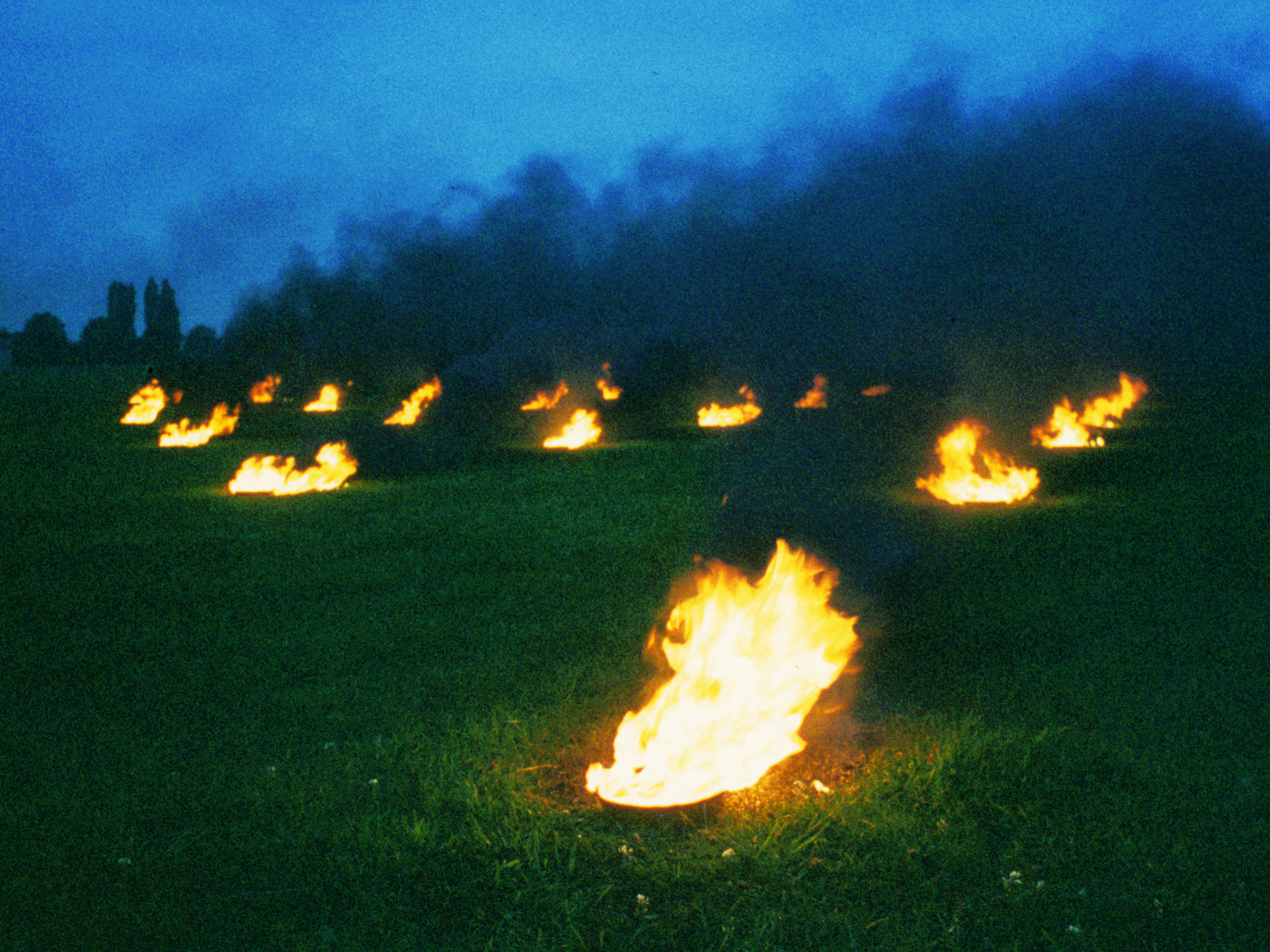
Anthony McCall, Landscape for Fire, 1972. 16mm transferred to DVD 2006, sound, 7 min. Copyright Anthony McCall. Courtesy Sprüth Magers
5. Are cigarettes or other kinds of addiction part of your creative process with writing or moving images?
EMA I had two beautiful babies now my only addiction is early rising and mint tea.
6. Writing, like cinema, summons or awakens ghosts. Who or what haunts you?
EMA Ghostly touches
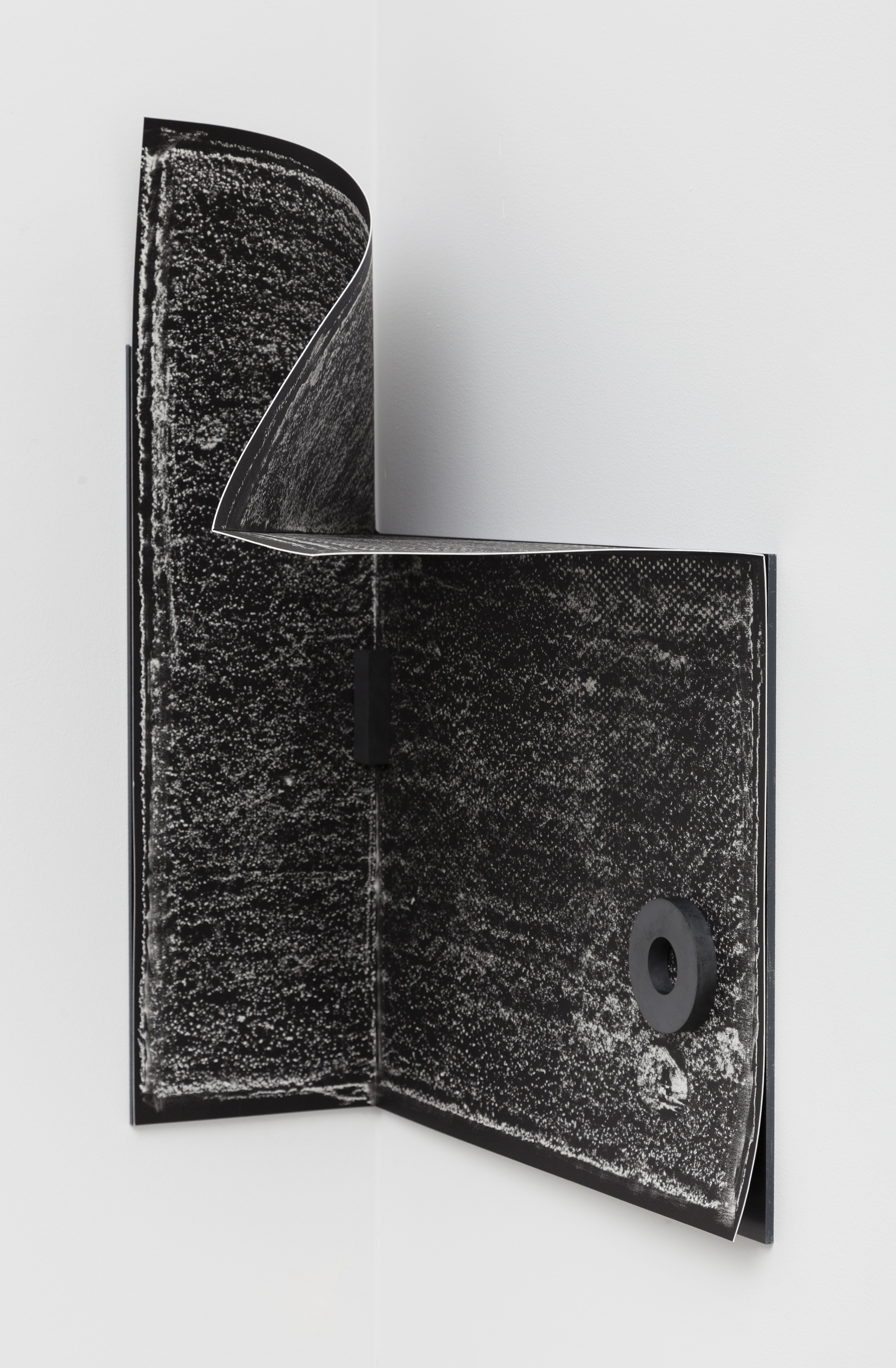
Elizabeth McAlpine, Cornerstone (mumbling), 2015. Black and white contact print, photographic emulsion, Somerset paper, steel, magnets, 61.3 x 47 x 26.4 cm © Elizabeth McAlpine
Shadows behind Corners
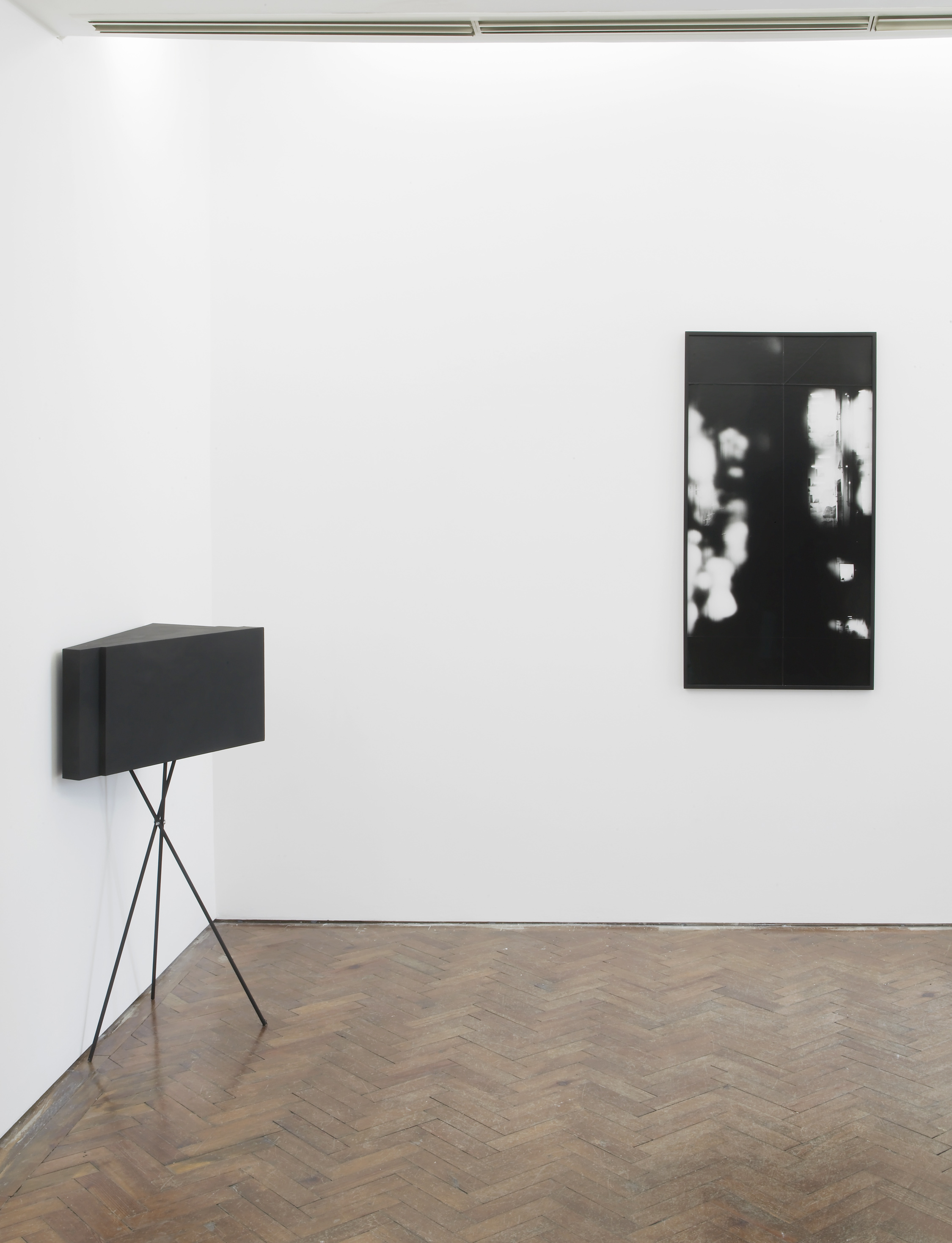
Elizabeth McAlpine, A Portrait, Installation view, Laura Bartlett Gallery, London, UK, 2012. Stuttering film frames. © Elizabeth McAlpine
Stuttering film frames
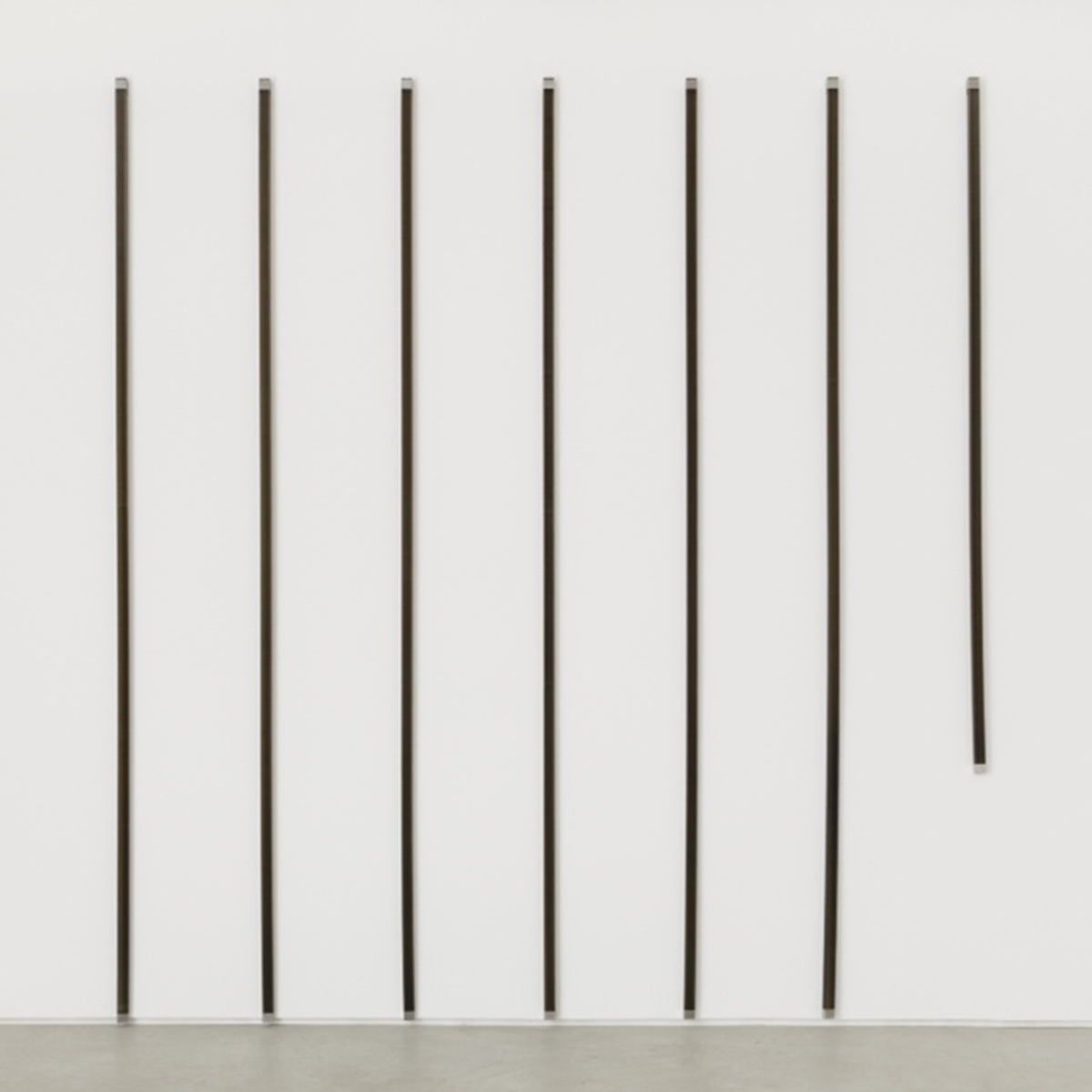
Elizabeth McAlpine, The Raid (101 Minutes), 2015 found 35 mm film, and steel.
6 parts (each 118 x 1 3/8 x 3/4 inches) 1 part ( 88 x 1 3/8 x 3/4 inches) © Elizabeth McAlpine
Scratched surfaces
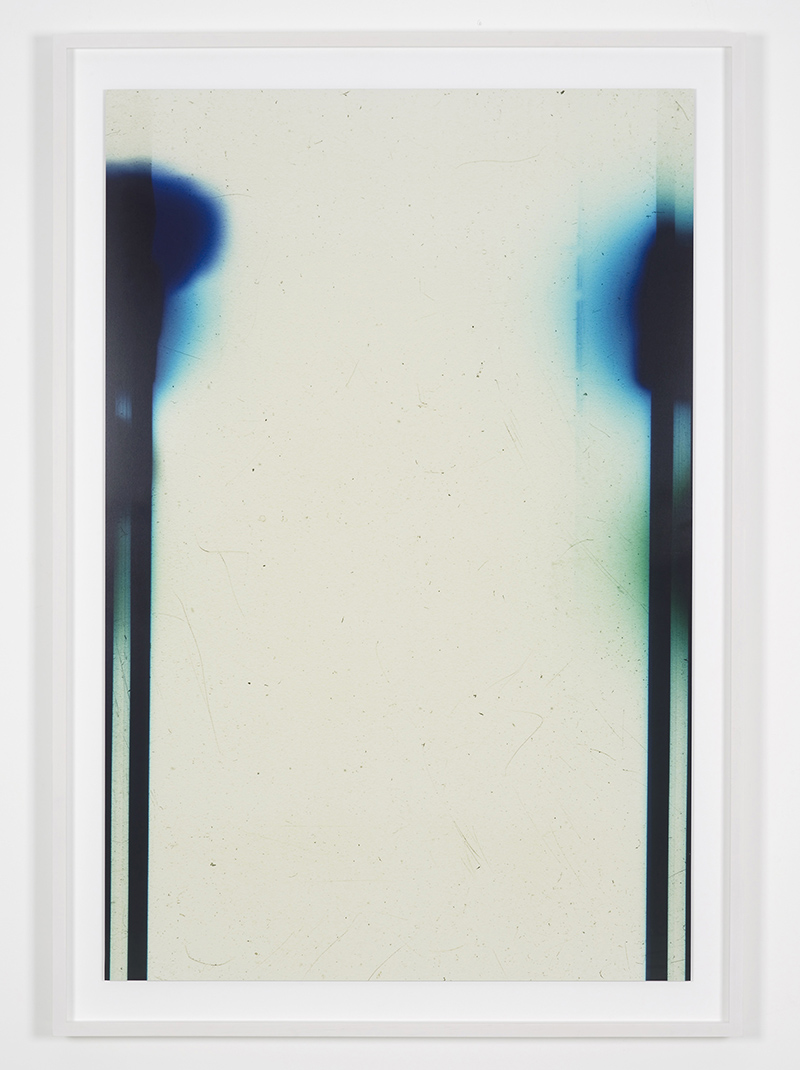
Elizabeth McAlpine, Ends (Sprayed Sound), 2013, C- Type print, 85 x 120 cm, 100 x 145 x 6 cm (framed) © Elizabeth McAlpine
Architectural ghosts
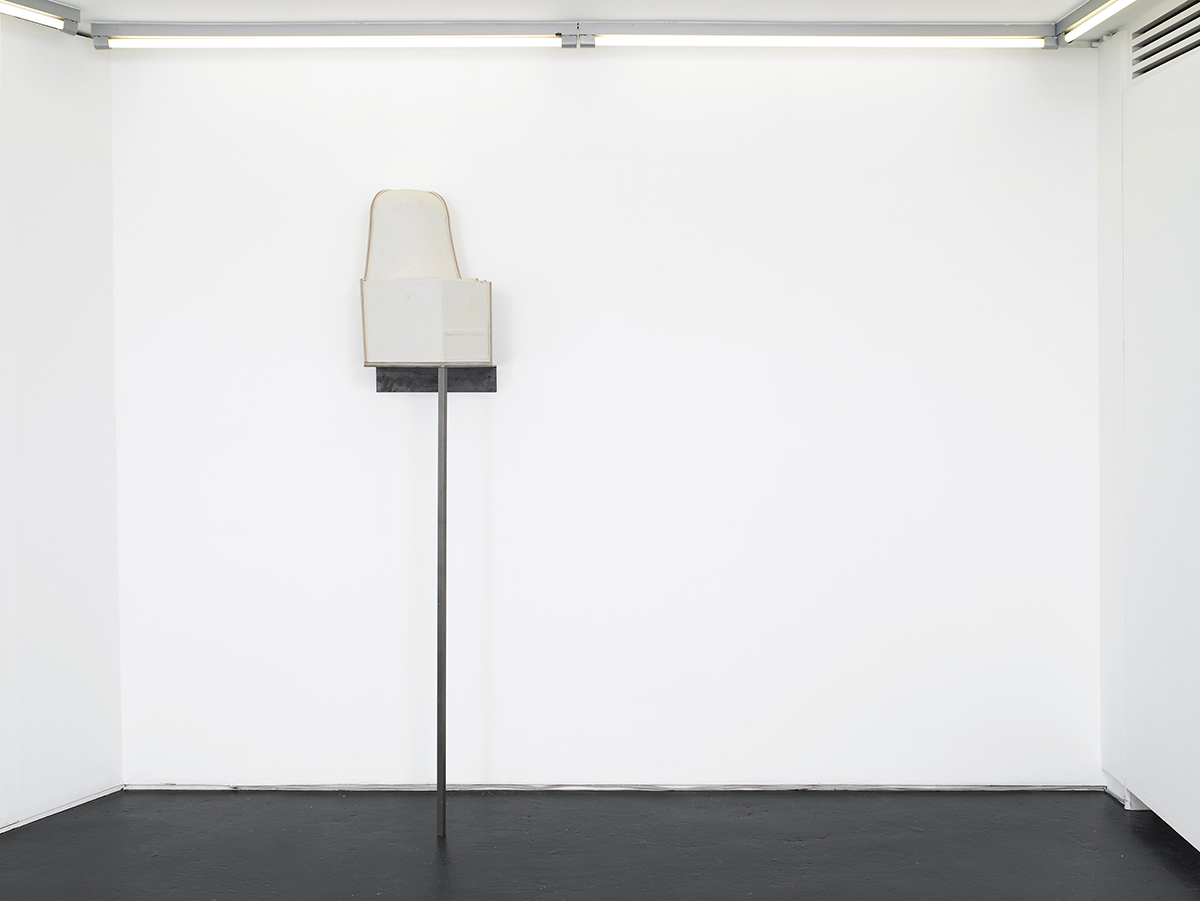
Elizabeth McAlpine, The Map of Exactitude (#10), 2012. Plaster, plywood and steel, 198 x 40 x 38 cm. © Elizabeth McAlpine
